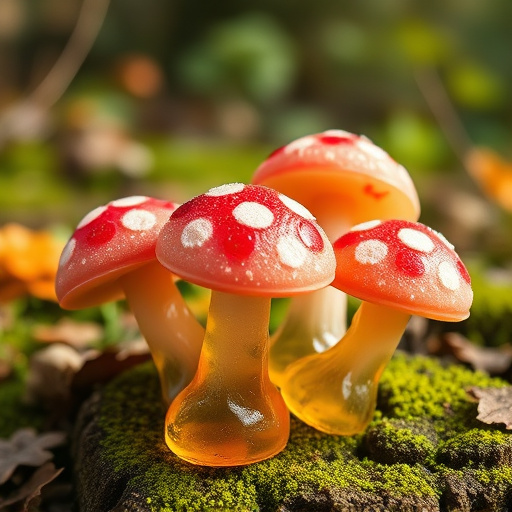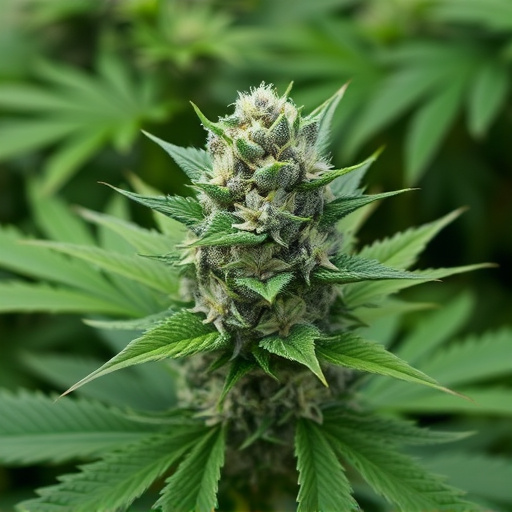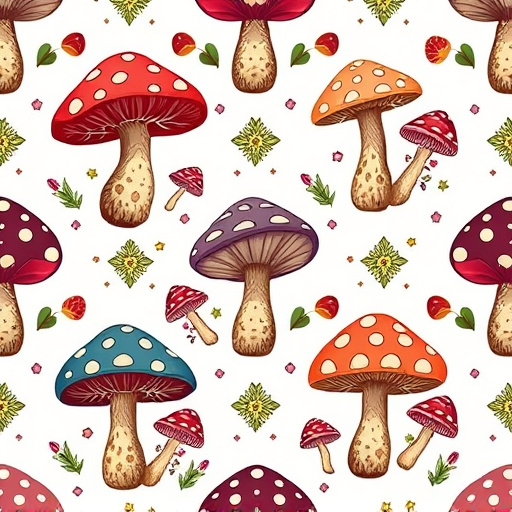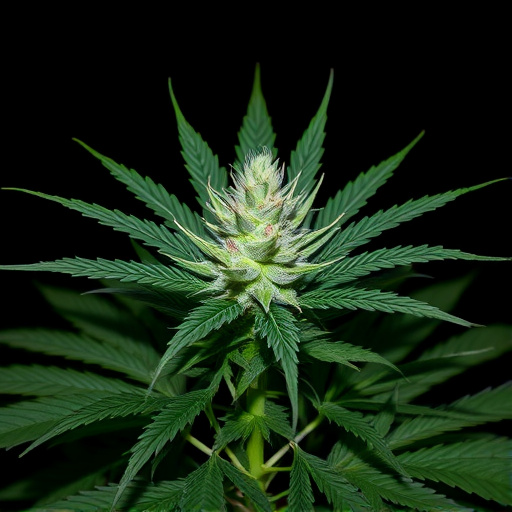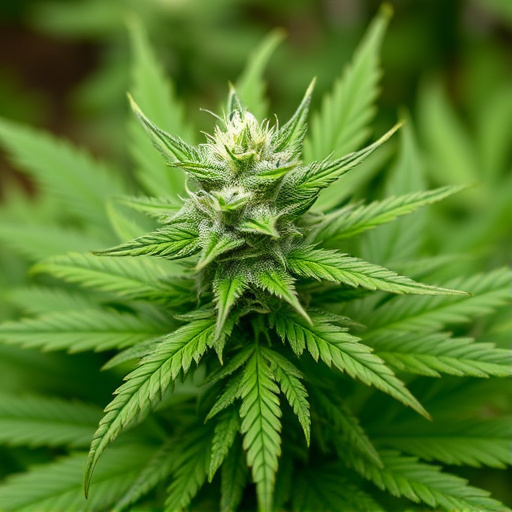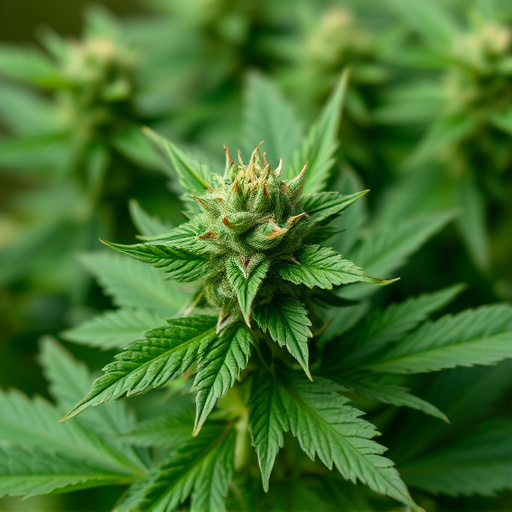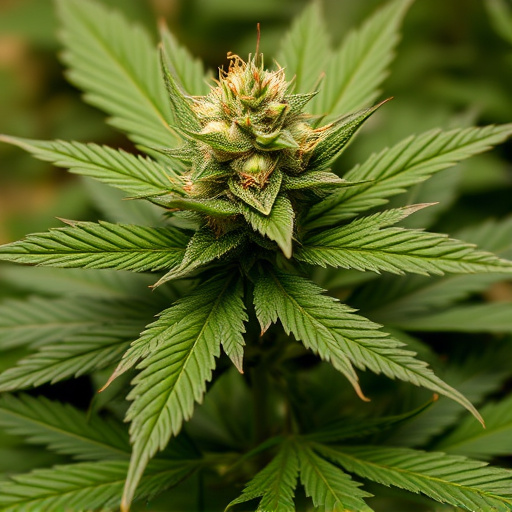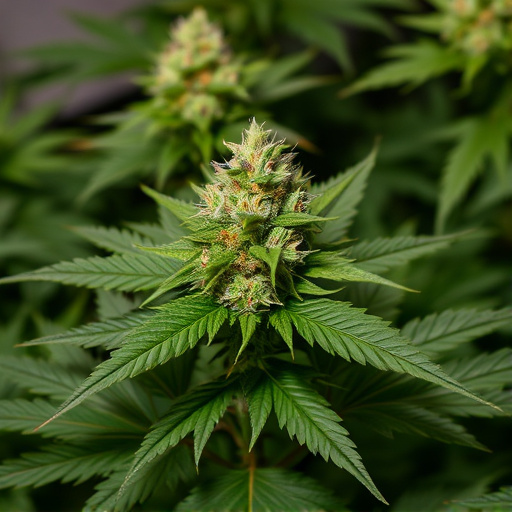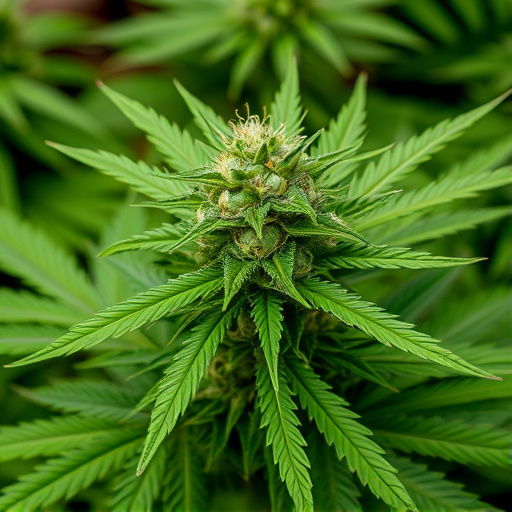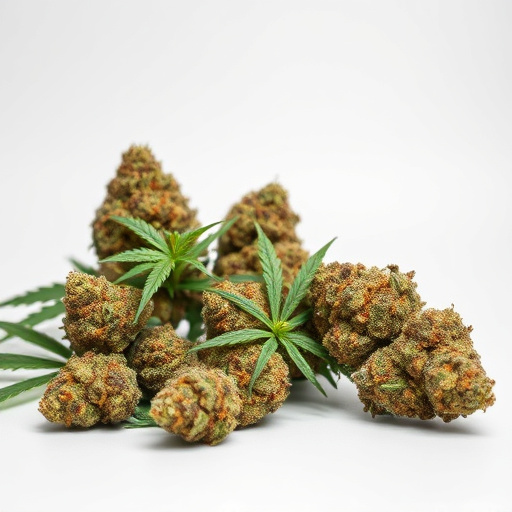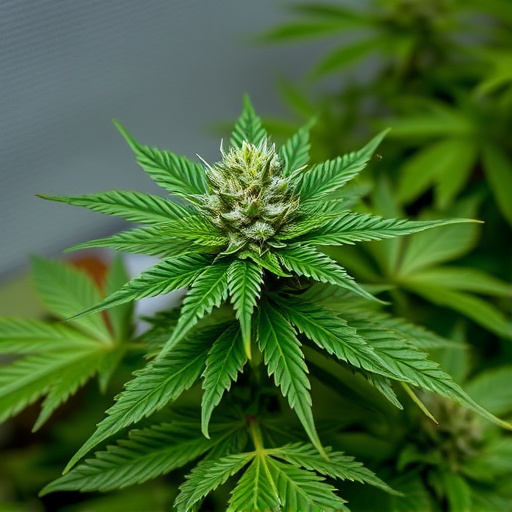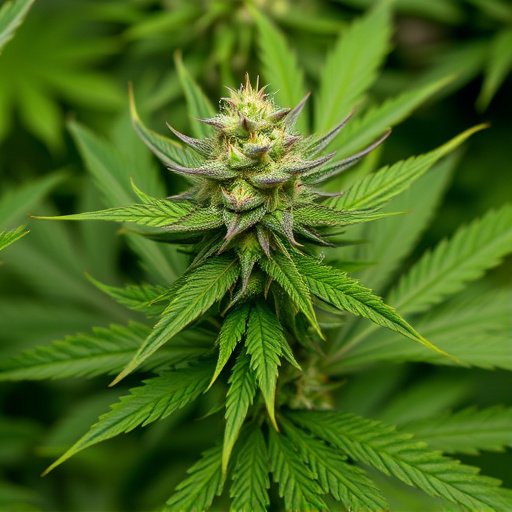Dried-out medical marijuana, caused by water loss, temperature stress, and improper storage, loses potency, aroma, and effectiveness due to decreased cannabinoid content. To prevent and reverse this, maintain optimal humidity, avoid excessive heat, and select resilient medical marihuana strains with high terpene content. Restoring dried weed involves careful techniques like using humidifiers, controlled humidity environments, extraction solutions, or decarboxylation, ensuring the preservation of terpenes and cannabinoids for effective treatment from revitalized strains.
Discover the best ways to restore dried-out weed using effective techniques and the right choice of medical marijuana strains. Understanding the causes and effects of this common issue is key, especially as it can significantly impact both quality and potency. Learn how to revive your dried herb, ensuring optimal enjoyment and benefits from your medical marijuana strains.
- Understanding Dried-Out Weed: Causes and Effects
- Choosing the Right Medical Marijuana Strains for Restoration
- Effective Restoration Techniques for Dried-Out Weed
Understanding Dried-Out Weed: Causes and Effects
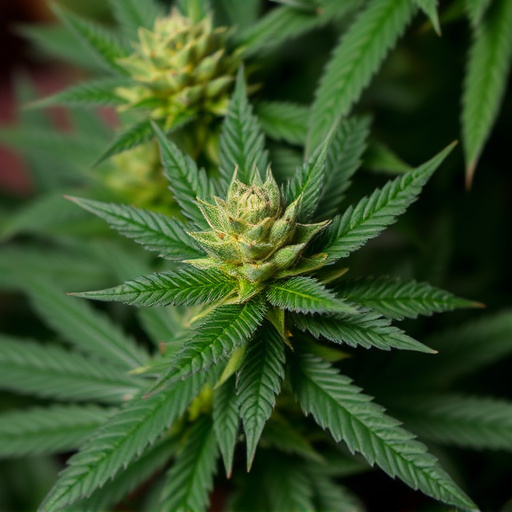
Dried-out weed, also known as wilted or brittle cannabis, is a common issue faced by both recreational and medical marihuana users. Understanding the causes and effects of this condition is crucial for maintaining the quality and potency of your favorite strains. The primary reason behind dried-out weed is water loss over time, which can be accelerated by various factors such as improper storage, exposure to high temperatures or dry air, and inadequate hydration during the growing process.
When cannabis plants are deprived of adequate moisture, they start to shut down metabolic processes, leading to a decrease in essential oils and cannabinoids that give each strain its unique characteristics. As a result, dried-out weed often exhibits a tough, brittle texture and a diminished aroma and flavor profile. It may also lose its effectiveness as a medicine or recreational substance, impacting the overall user experience. Proper care and storage practices, including maintaining optimal humidity levels and avoiding excessive heat, can help prevent and reverse the effects of dried-out weed on medical marihuana strains.
Choosing the Right Medical Marijuana Strains for Restoration
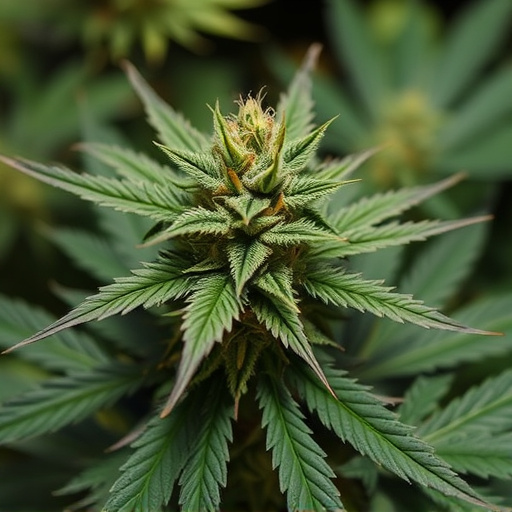
When attempting to restore dried-out weed, selecting the appropriate medical marijuana strains is a critical step. Different strains have distinct properties and cannabinoid profiles, which can significantly impact the restoration process. For optimal results, choose strains known for their resilience and high levels of terpenes, as these compounds contribute to both the plant’s aroma and its potential therapeutic benefits. Indica and hybrid strains are often recommended due to their ability to enhance relaxation and promote better sleep, which is crucial during the recovery phase.
Consider varieties with a strong focus on CBD (cannabidiol) for anti-inflammatory and pain-relieving effects. These non-psychoactive compounds can aid in healing without inducing any intoxicating effects, ensuring a more comfortable restoration process. Additionally, seeking out strains with a history of success in revitalizing wilted or stressed plants can provide valuable insights into which medical marijuana strains are best suited for your restoration efforts.
Effective Restoration Techniques for Dried-Out Weed
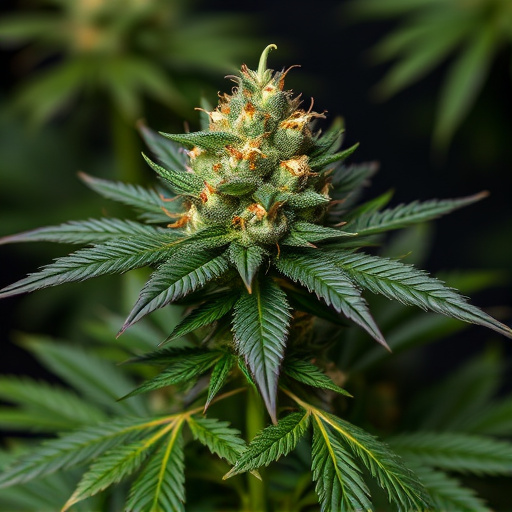
Restoring dried-out weed, especially for those who rely on medical marihuana strains, is an art that requires patience and specific techniques. The first step involves proper harvesting and drying practices to prevent excessive damage. Once the plant material is recovered, several effective restoration methods can be employed. One popular technique involves using a humidifier or creating a controlled humidity environment to reintroduce moisture gently into the dried weeds. This process should be done gradually to avoid mold growth and ensure the preservation of the plant’s delicate terpenes and cannabinoids.
Another successful approach is to immerse the dried weed in a specialized extraction solution, which helps rehydrate and extract essential compounds while also removing unwanted debris. After the extraction, the resulting concentrate can be further processed through methods like decarboxylation to enhance its potency and efficacy for medicinal use. These techniques allow individuals to recover the full potential of their medical marihuana strains, ensuring a consistent and effective treatment experience.
Restoring dried-out weed is achievable with the right knowledge and techniques. By understanding the causes and effects of this issue, you can select the best medical marijuana strains for optimal restoration. Incorporating effective restoration techniques into your care routine ensures you get the most out of your dried herb, preserving its potency and flavor. Remember, proper storage and timely intervention are key to maintaining high-quality medical marijuana.


